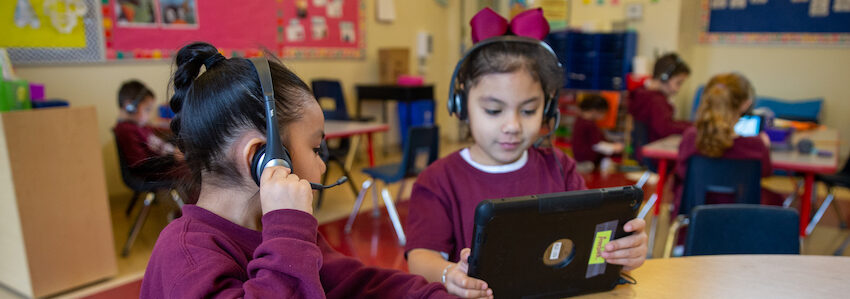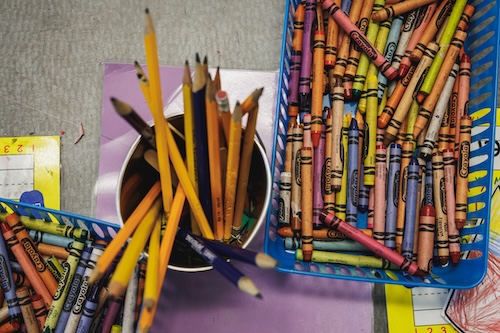
There are many misconceptions blocking innovation in state summative assessments. One is security. Existing policies related to assessment security may be doing more harm than good.
An antiquated system
Testing programs use a variety of security protocols and procedures primarily to reduce cheating and protect test content. While the purpose of security practices is to ensure the results are reliable, valid, and trustworthy, many common testing protocols were designed under twentieth-century testing conditions—that is, for paper-and-pencil testing, and in the context of the No Child Left Behind era. We have been applying those protocols to computer-based assessments.
Old security protocols often required intensive management in the classroom and throughout school and district offices. For example, it was common for test proctors to take posters and other items off classroom walls during state testing. They also enacted strict rules around what kids could and couldn’t do; those who finished early or weren’t testing often had to sit quietly and do very little while their peers completed their test. Test materials had to be painstakingly accounted for at all times and kept under lock-and-key when not actively being used for testing, while teachers and administrators were required to sign affidavits affirming secure materials handling and appropriate test administration practices.
Security protocols were upheld by the belief that as long as the protocols were followed, the integrity of the test and results would remain intact.
Assessment security gone too far
The transition to online testing has offered some inherent security improvements. There are no physical test booklets to photocopy now, access to test content and student answers is restricted through online assignment and permissions, and it can be more difficult for students to see each other’s work as they are focused on their own screens. Also, with adaptive testing, individual students see completely different items.
Technology now also offers the possibility of rapid and expansive cheating detection capabilities, but this has progressed to ever more invasive methods of ensuring security at the expense of student privacy. Yet content still leaks, and preventing those intent on cheating carries an increasing cost.
It’s time to revisit assessment security
Accountability testing options have become more flexible under the Every Student Succeeds Act, and educators are demanding assessments that work for them, creating evolution in the industry. As states rethink their assessment programs, it’s clear security protocols also need reevaluating.
We’ve seen evidence that change is possible. At the height of the pandemic, for example, the College Board allowed AP testing to take place at home, unproctored and using an open-book approach. While we would not recommend states follow that exact approach with their summative assessments, it shows we can think creatively about how to balance assessment security protocols with student and teacher needs.
One place states can start is by taking stock of their assessment model. A through-year model, for example, can create multiple data points, reducing end-of-year pressure on a single measure of student achievement. Computer adaptive tests are also less likely to lead to cheating since students see different test items.
It’s also important for states and assessment developers to ensure tests provide valuable information for students and teachers. Providing helpful information that supports teaching and learning in robust ways is perhaps the best way to prevent cheating and promote more authentic, engaging, and meaningful assessment practice.
As states look for ways to create more rigorous and meaningful state summative assessments, it’s well past time to reevaluate assessment security. Those in place currently tend to burden students and teachers and do very little to make tests better or even more secure.
What are your ideas on how we can shift state assessment security protocols to align with new technology and assessment models? Let us know. We’re @NWEAPolicy on X.






